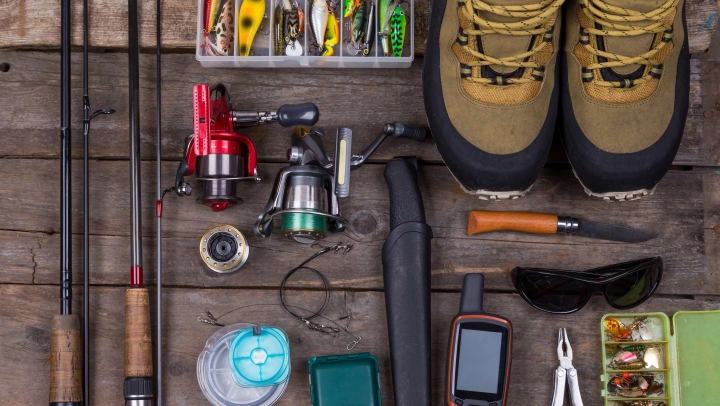Calling All Adventurers!

Those who love the outdoors know the importance of having and maintaining their equipment. Gear is more than a necessity, it’s an investment. Properly stored gear increases its longevity, safety, and enjoyment for seasons to come.
Knowing Where to Store Gear
But knowing how to store equipment can be a challenge. More often than not, equipment ends up in the nooks and crannies of where it will fit, and not necessarily what will keep things safe and easy to access. Places like basements seem ideal with cool temperatures and out of the way spaces, but really can be hotspots for humidity, flooding, and are easily cluttered. Garage and shed space can also seem like great places to keep all your things, though temperatures can fluctuate throughout the year, which can be a big problem for anything that has batteries or is wood or metal based.
Gear should be properly maintained in a cool environment, away from dust, bugs, and moisture. Climate controlled storage units are a perfect solution to year-round gear storage. With access 365 days a year and a variety of sized units, your belongings will be securely organized and ready for any adventure at a moments notice.
Preparing Gear for Storage – Cleaning and Airing Out
Knowing what materials your gear is made of will determine how it must be cleaned. Items like sleeping bags and tents require different cleaning solutions than hiking boots. Even if your product manual has been discarded, companies will usually keep cleaning information on their websites.
It goes without saying that mold breeds in damp environments, so make sure that after cleaning your equipment that you allow it to air out until dry. Likewise, batteries should be removed to prevent acid leaks ruining your gear (and creating additional cleanup). Batteries are stored best in a cool, dry area.
Organizing Gear
It’s best to organize gear by activity type, and then by size. You can even go further and separate by seasonal activity (ex: winter vs summer camping). Smaller items can become easily lost in a large bin so having a variety of different sized bins on hand will make things easier to find. Your bins should be waterproof and sturdy with tight fitting lids. This will prevent dust and bugs from entering into your gear when not in use.
Storing Gear
Can you see the items in your bins? If not, create labels to place on the outside so that you never have to guess where things are. Sturdy shelving units will make it possible to stack items, which in turn saves space and damage to bins. Heavy bins should be on the ground or lower shelves (your back will thank you!) with lighter items on the topmost shelf. Items that are used frequently should be placed in the middle shelves.
Longer items, like oars or skis, can fit vertically in plastic laundry bins. Large blankets, coats, and other items made from cloth fit better and stay fresher in re-sealable vacuum-seal bags.
Unsure what size unit will be a perfect fit for your equipment? Contact your local Towne Storage today and our friendly managers will help you get started!